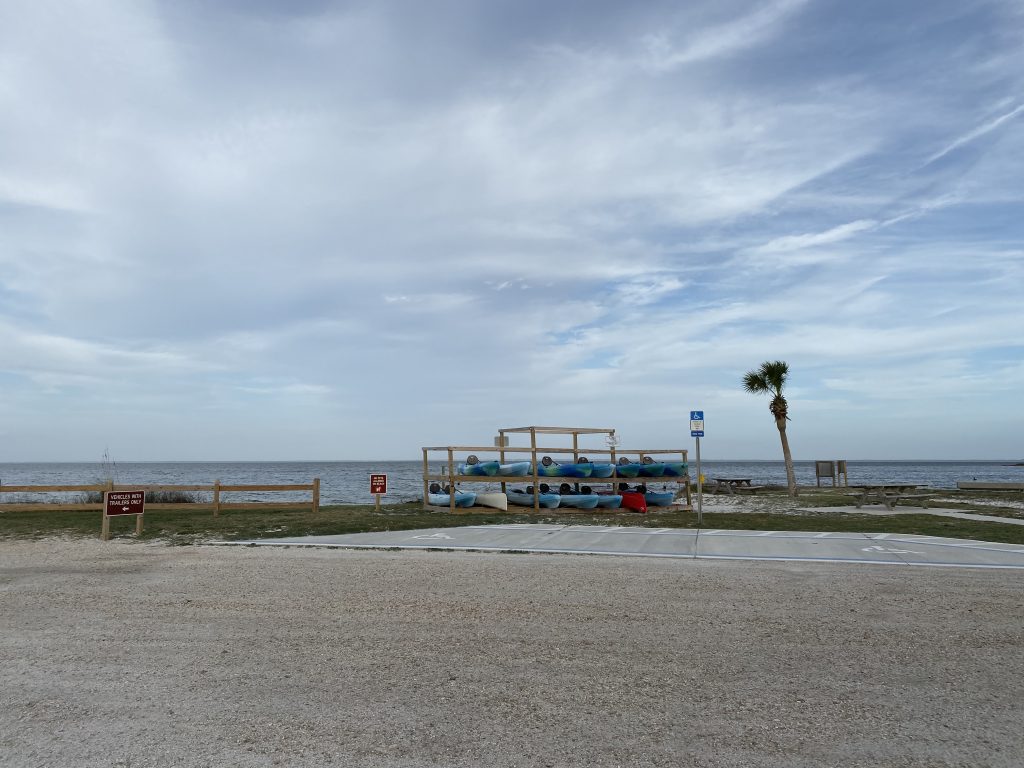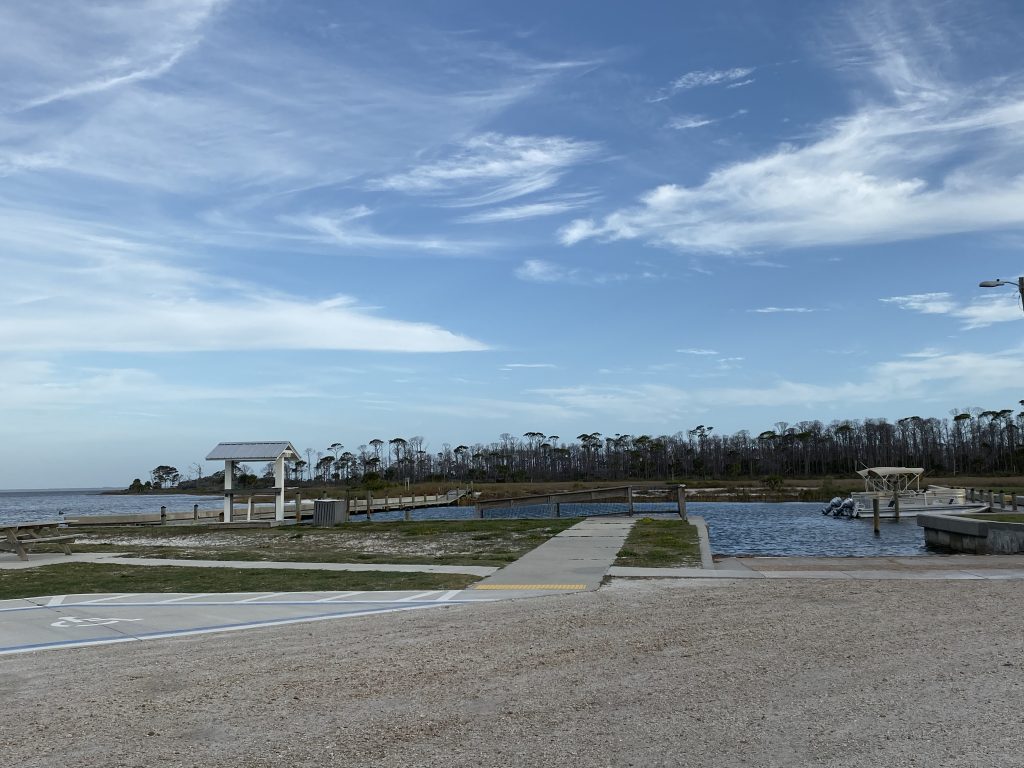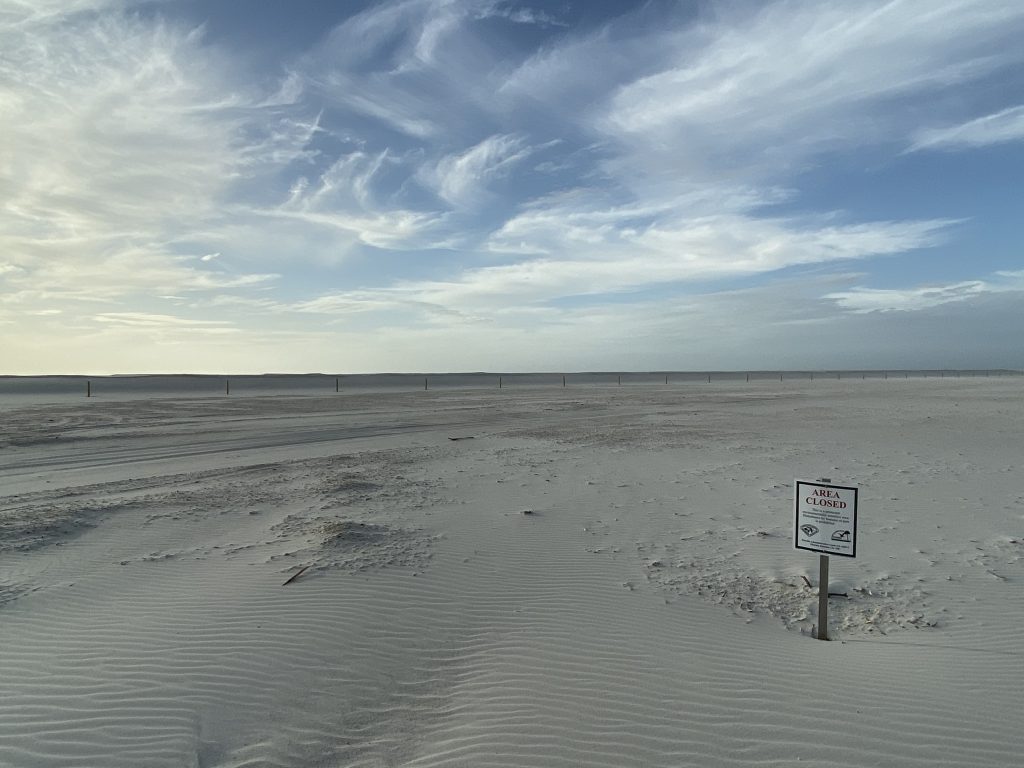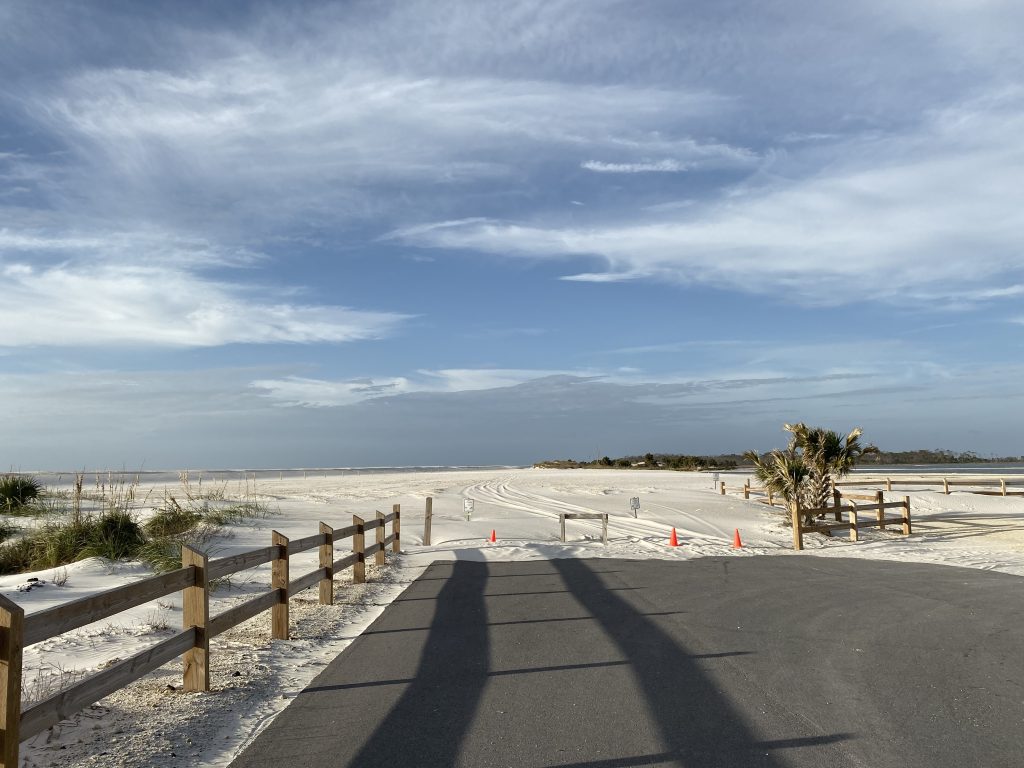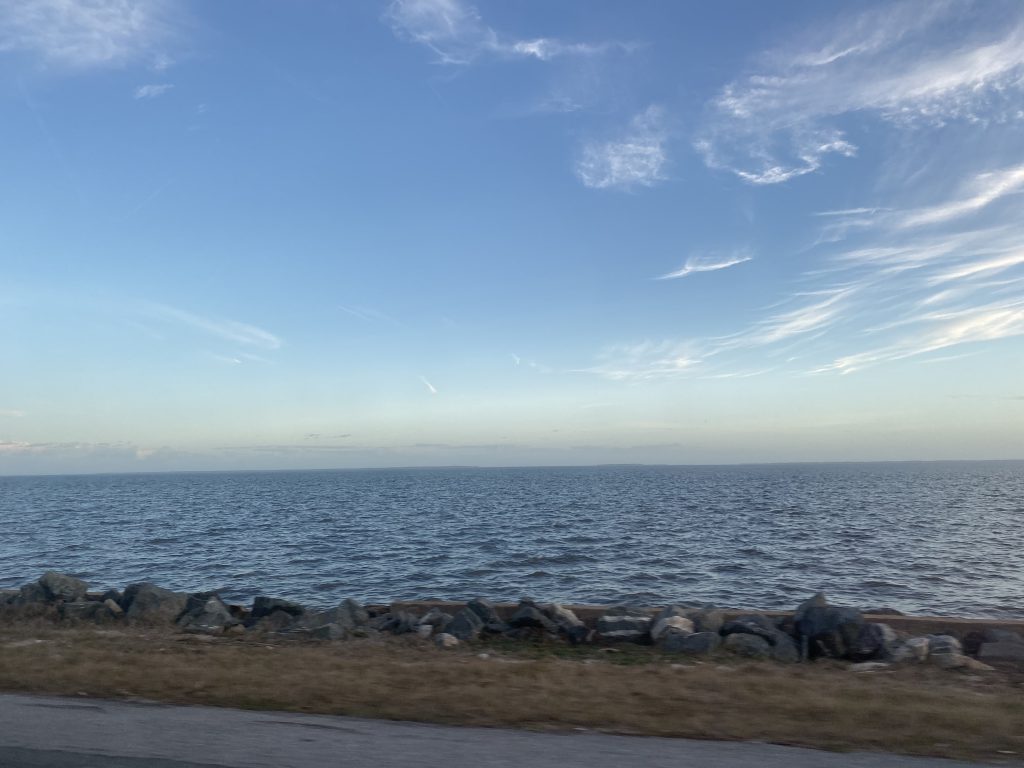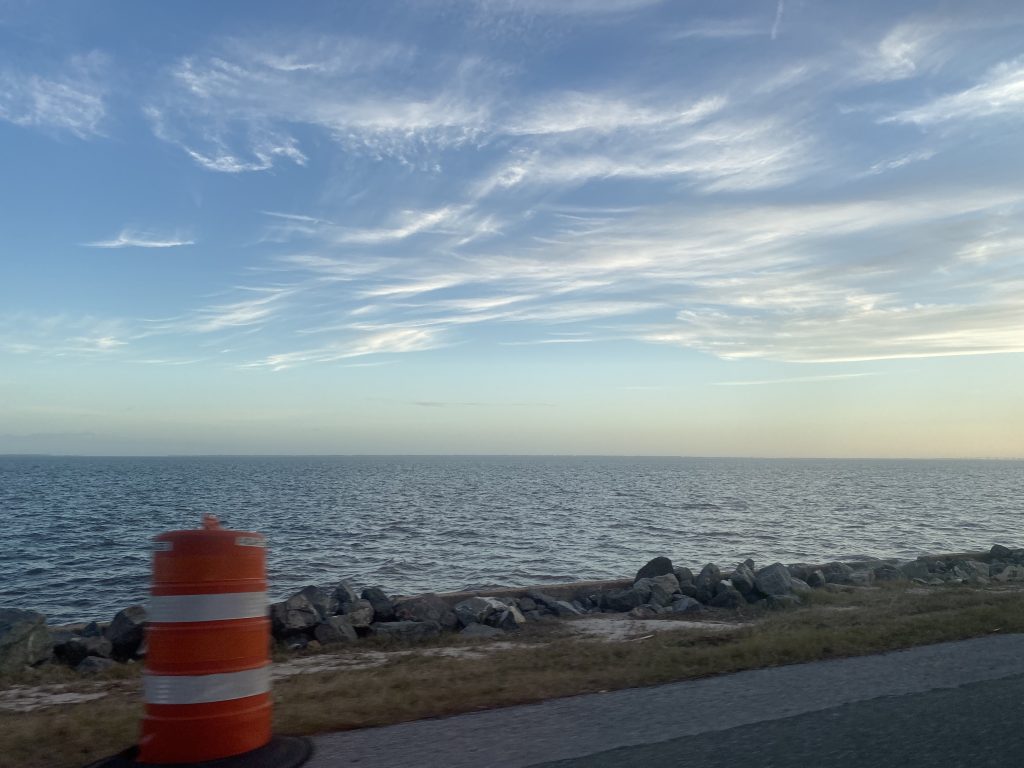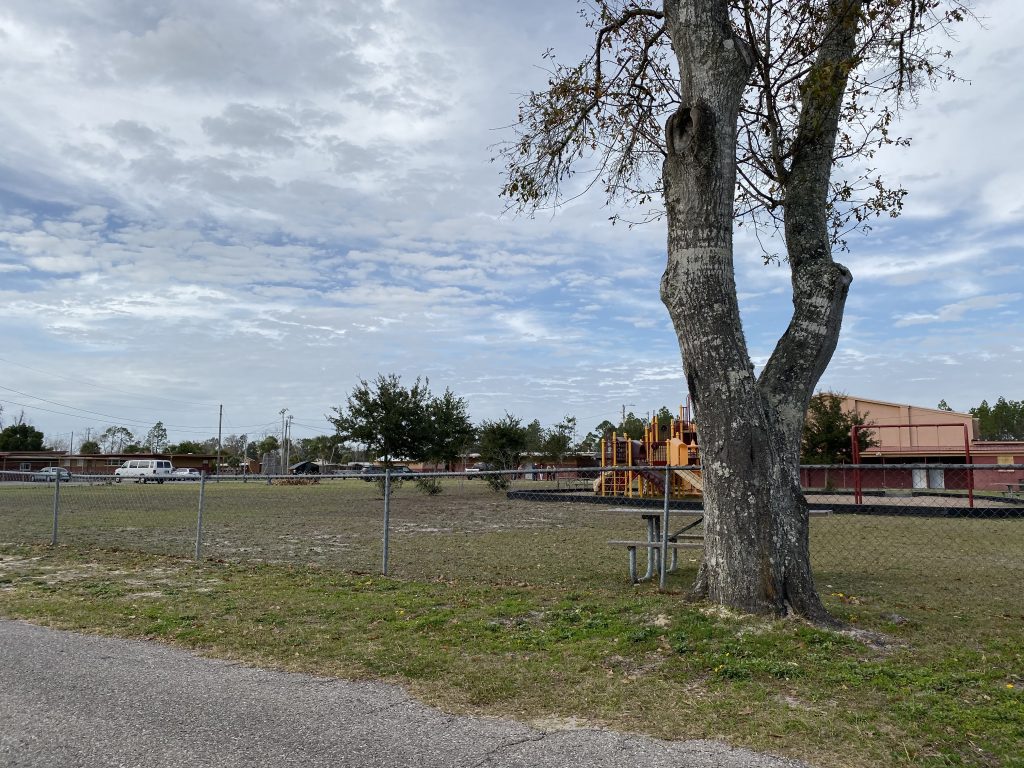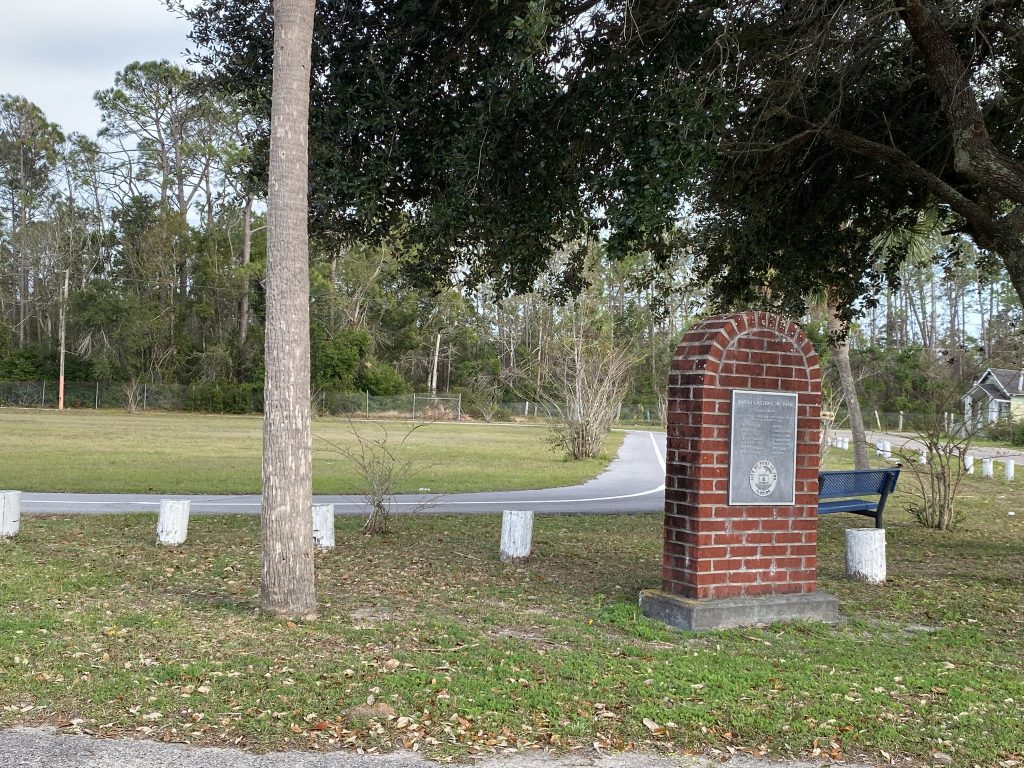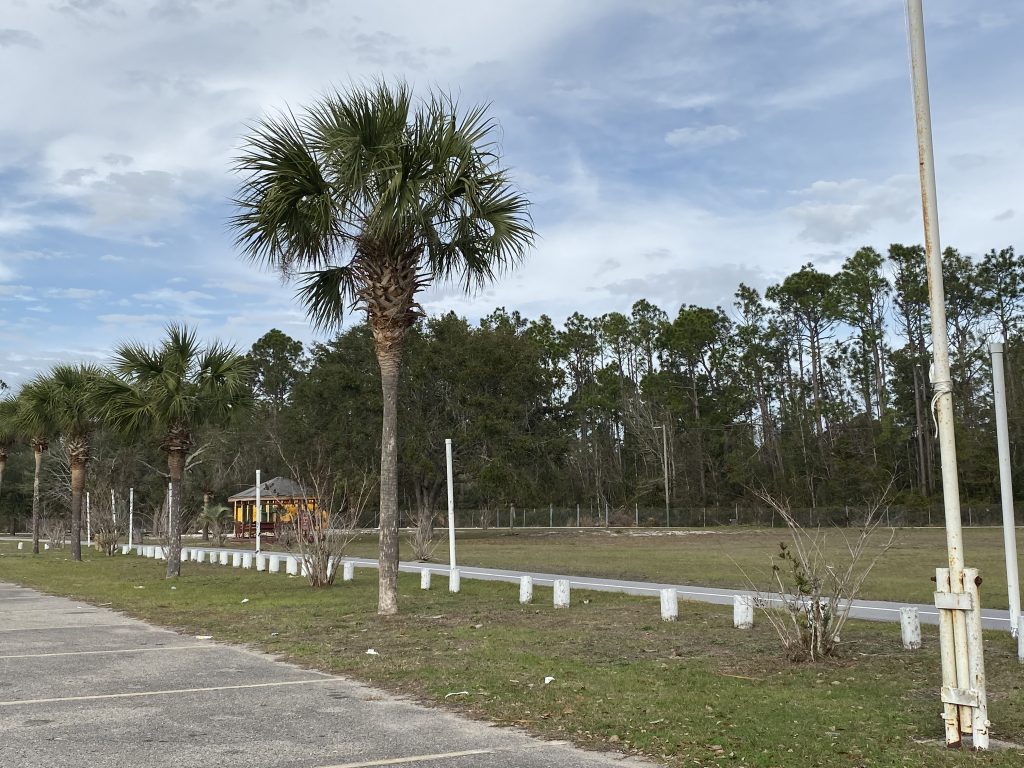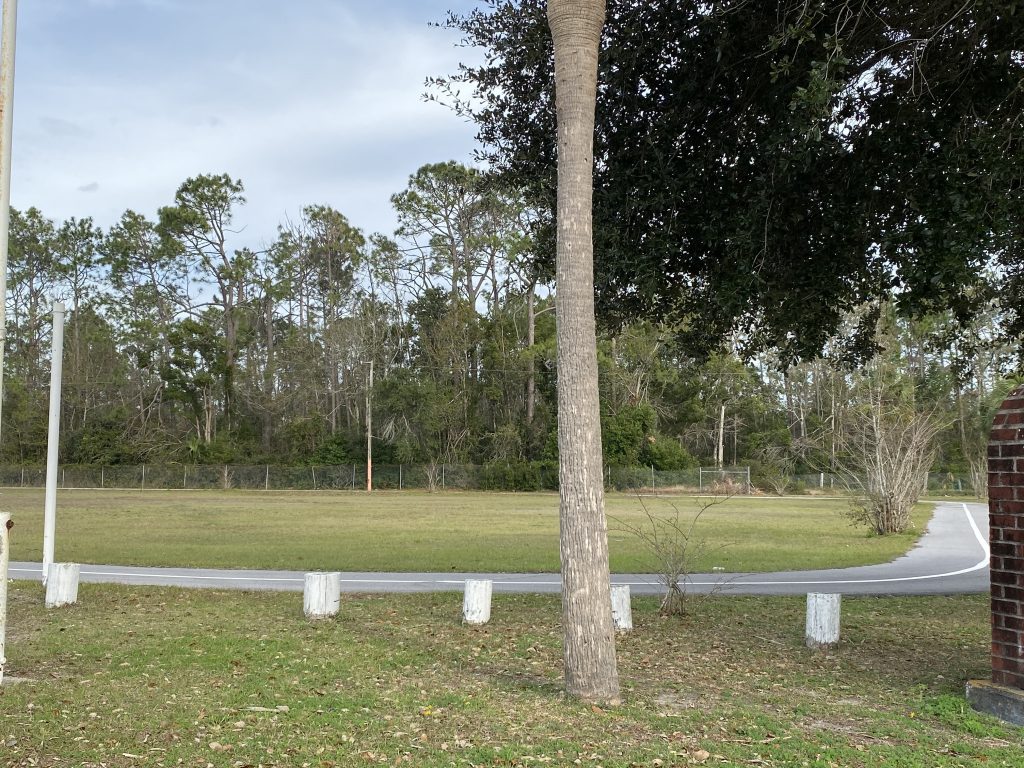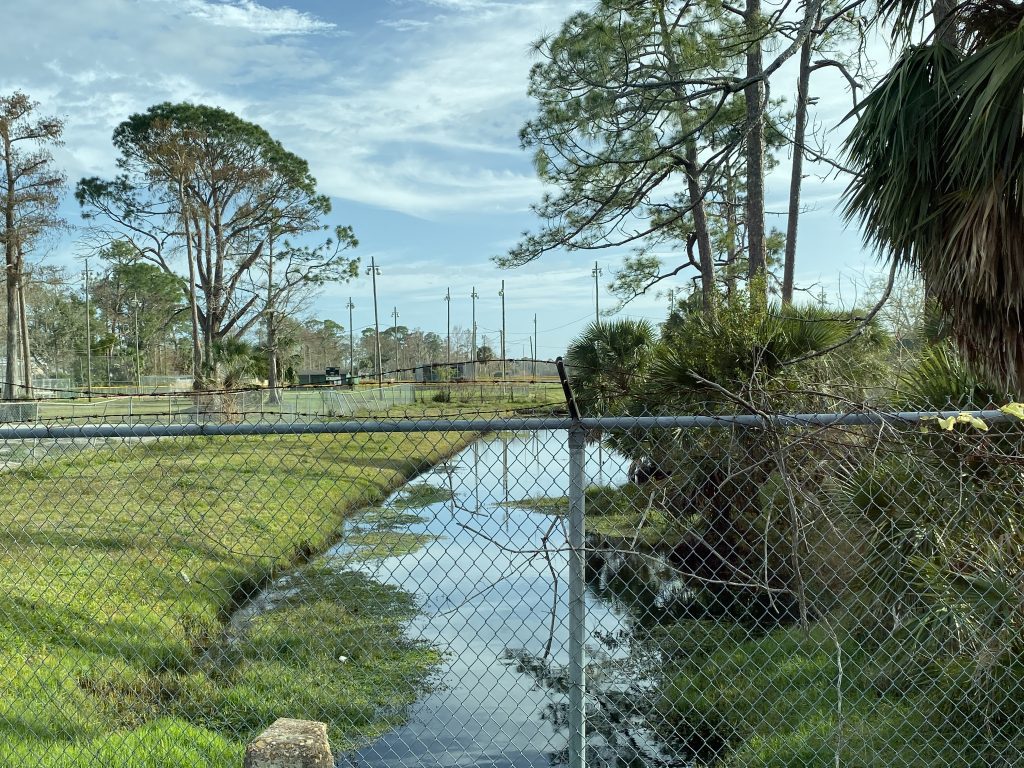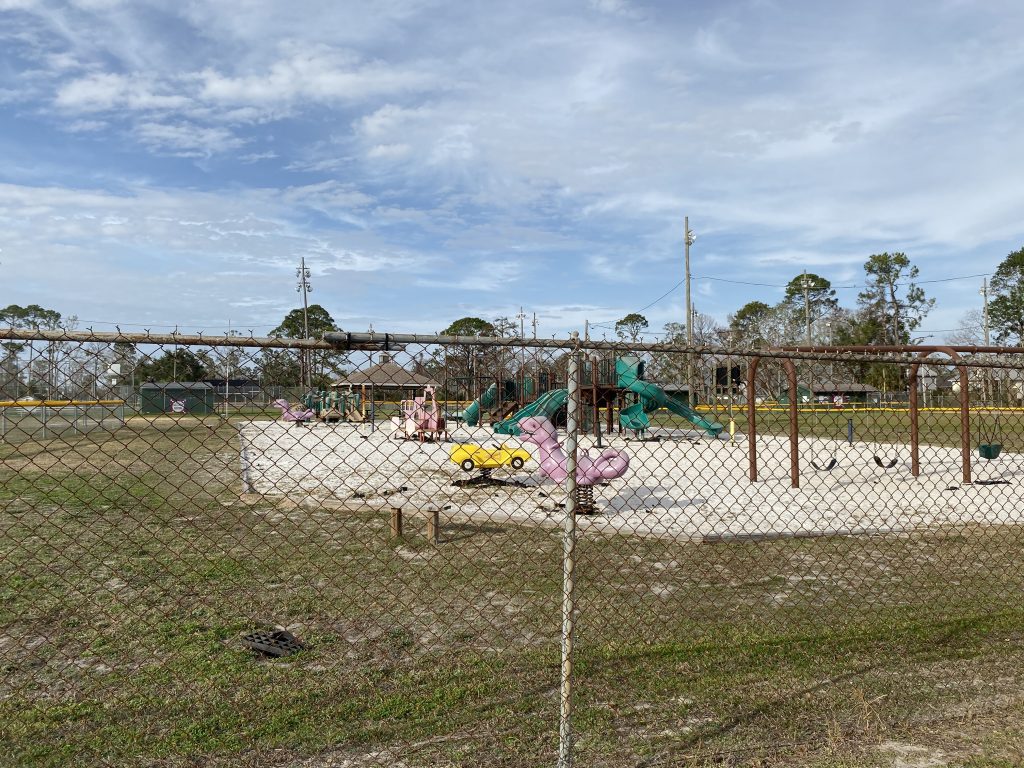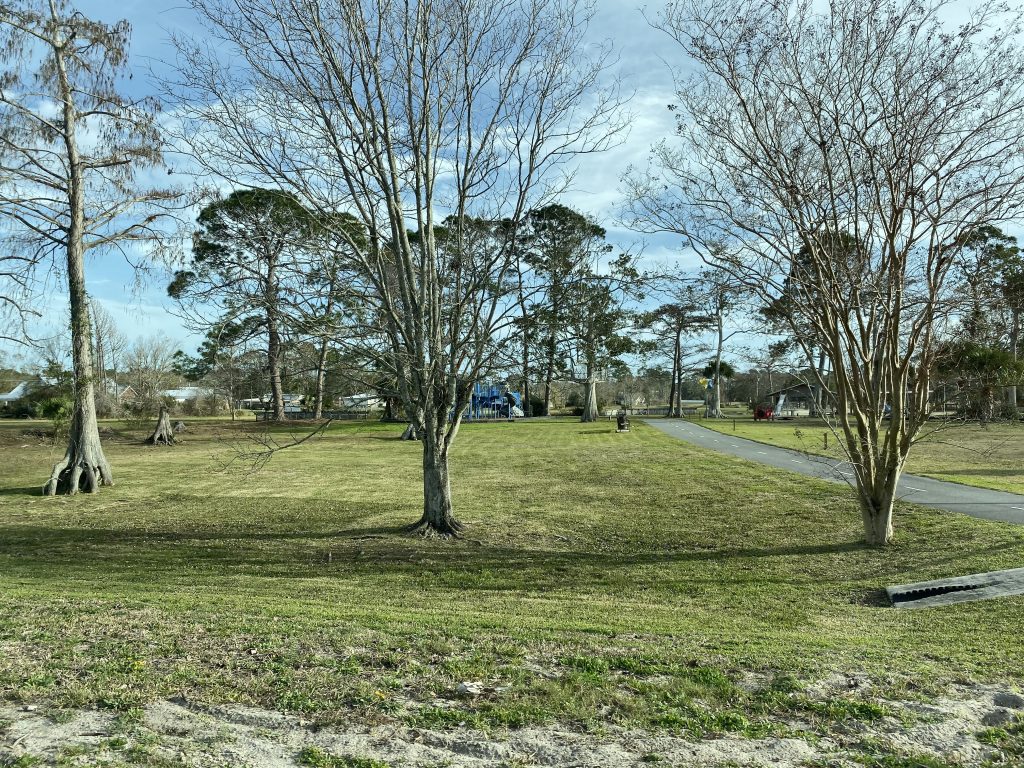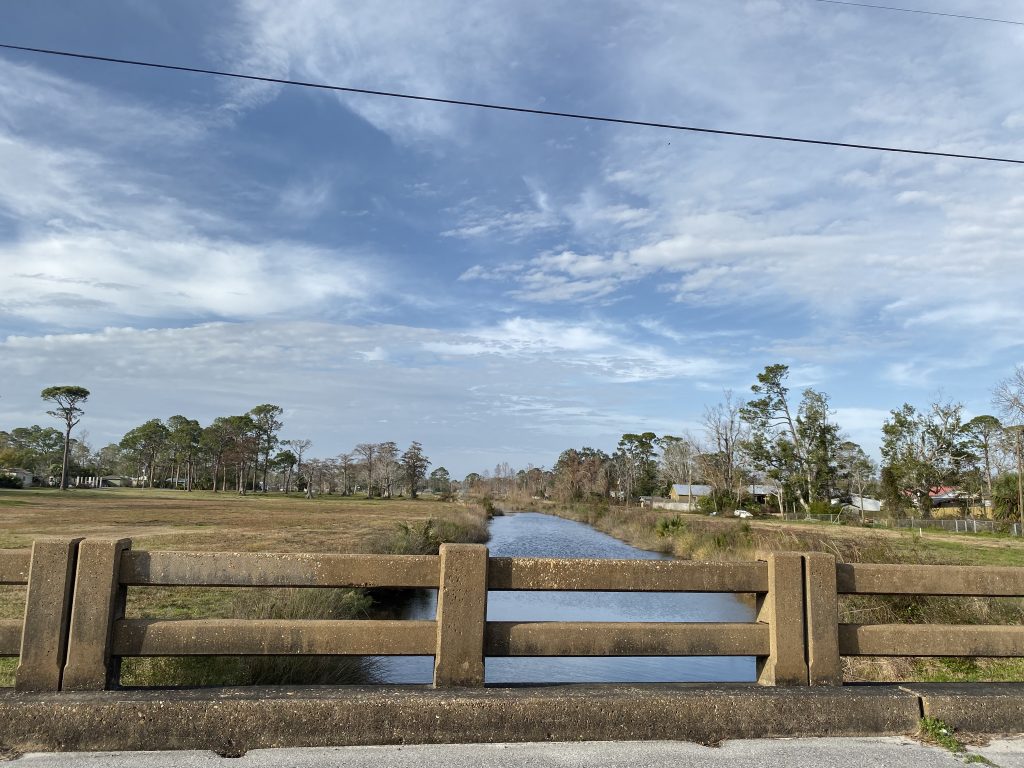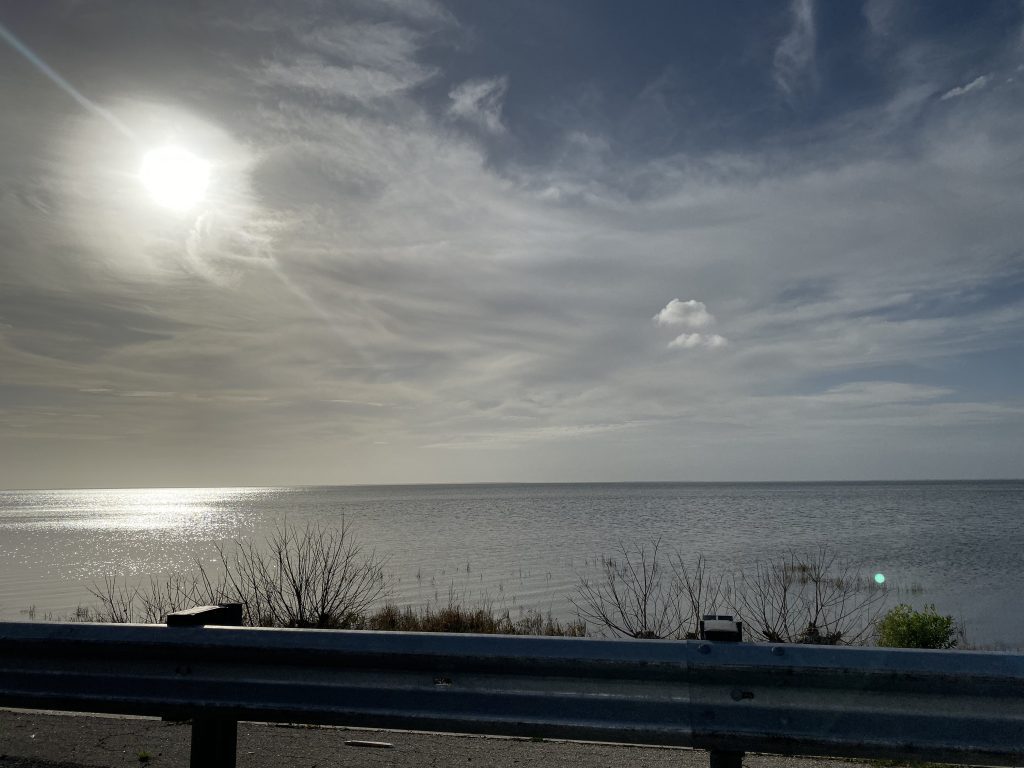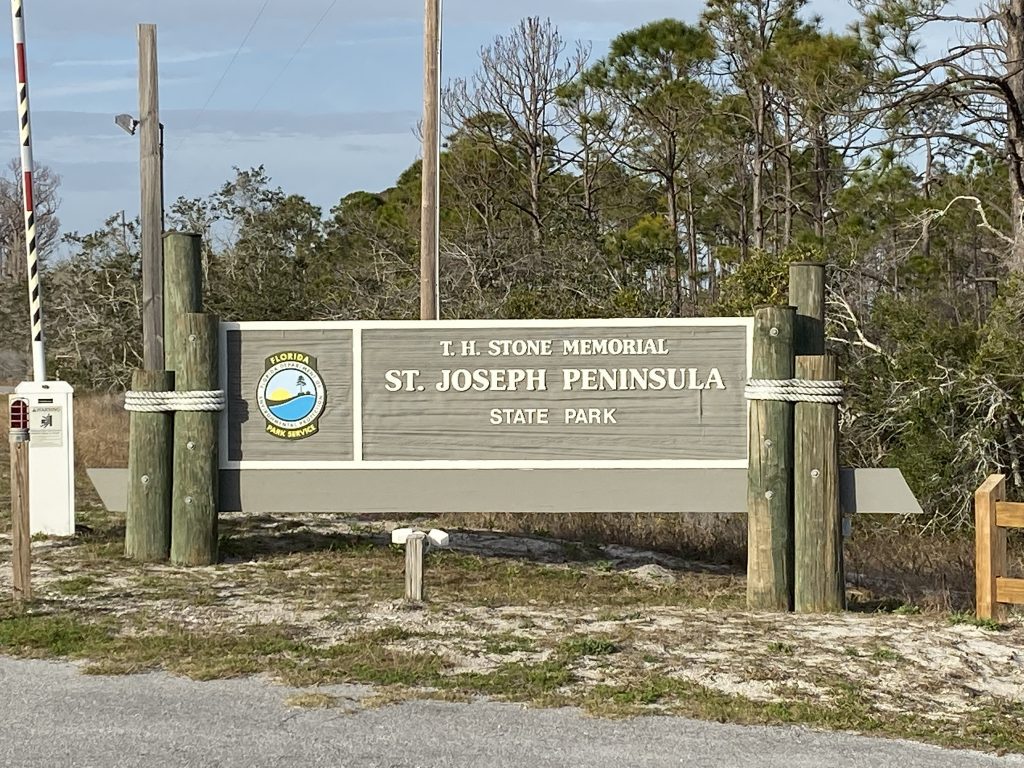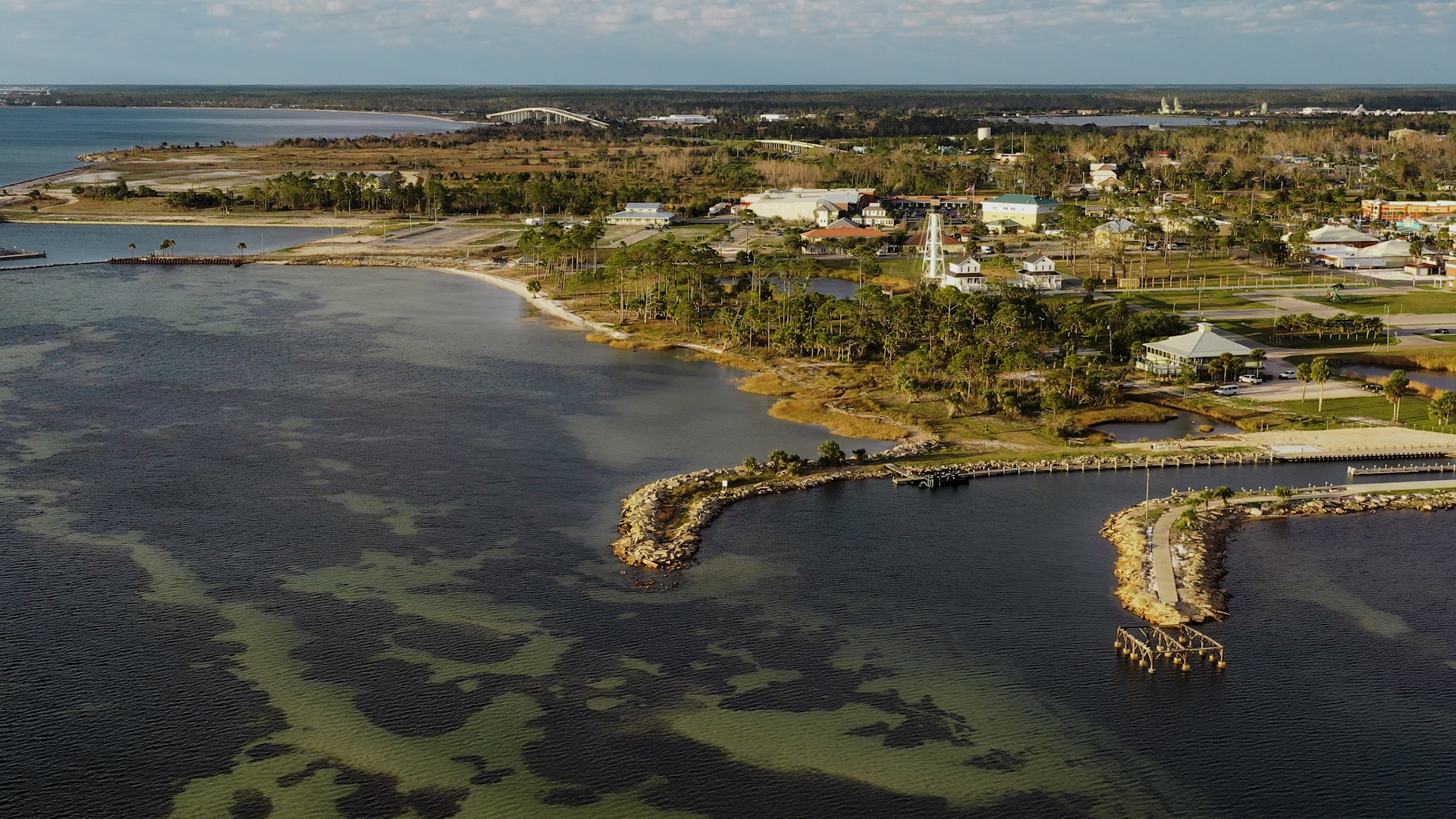
Parks and Open Space Analysis
A Port St. Joe Year-two Project
The Spring 2020 research process led to community-prioritization of three projects for further development and potential implementation. The three projects include, The Civic Center, Parks and Open Space, and Affordable and Resilient Housing. Here we will reflect on the work completed for the Parks and Open Space Project in Fall 2020 and Spring 2021.
The Parks and Open Space Project focused on creating and expanding resilient open space to provide equitable access, strengthened social connectivity, improved public health, and enhanced stormwater management. The following information summarizes work to analyze public survey results related to parks and open space within the community. This page summarizes additional work from the spring of 2021 focused specifically on using landscape-based strategies to address stormwater flooding within North Port St Joe.
Parks and Open Space Analysis Objectives
Port St. Joe (PSJ) includes a variety of unimproved and improved open spaces. The purpose of this project was to first synthesize data and information collected from both the City of Port St. Joe in 2008 and the Park Visitor Survey completed by UF in 2020, and secondly to compare the information from both
surveys against one another to find any commonalities or outliers. This analysis was done within the context of planning for Forest Park. Some of the information developed from the surveys may not be directly applicable to this location and stage of development, thus this document is meant to serve as a summary.
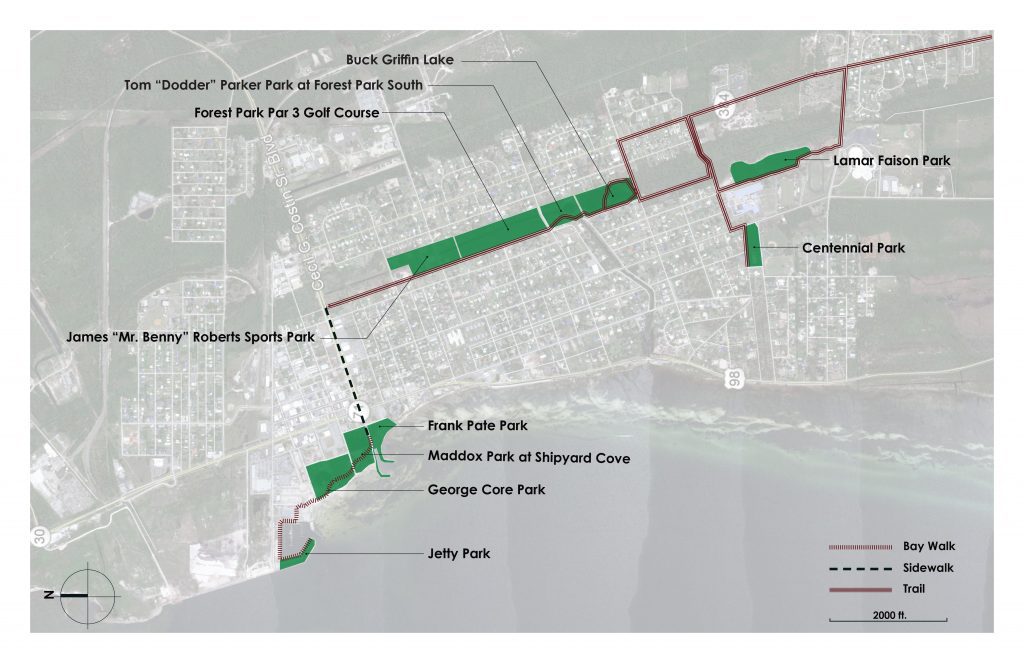
Parks and Open Space Analysis Process
The survey responses from the City of Port St. Joe’s 2008 survey and the University of Florida’s 2020 survey were reviewed, analyzed, and compared based on the following aspects: 1) park visit frequency, 2) recreational activities participation, 3) recreational program participation, 4) park amenity use, 5) requested recreational opportunities, and 6) awareness of park’s ecological value.
Parks and Open Space Analysis Outcomes
The City of Port St. Joe Parks and Recreation Questionnaire was administered in 2008 and had 170 responses. The University of Florida’s Port St. Joe Park and Trail Visitor Survey was administered in 2020 and had 97 responses. Findings from these two surveys include the following:
Park Visit Frequency
Port St. Joe (PSJ) has abundant open space resources, however, the usage of the parks varies. Both surveys point to similar patterns of use with the exception of George Core Park as it was dedicated after the 2008 survey. Examples of popular parks in PSJ include Frank Pate Park, Port St. Joe Trail, and Centennial Park. In each of these popular public parks exists some sort of strong amenity value in the form of an exercise trail, a playground, a sports field, proximity to a water body, or a historic/cultural element. This finding can be used to strengthen future ties between parks/open spaces to ensure the most impactful development and indicates that the quality of amenities within a park is an important factor in visitor usage.
Recreational Activities Participation
The 2020 survey did not specifically ask about participation in recreational activities. According to the 2008 survey, activities that residents engage in include boating, exercise/fitness, fishing, football, gardening, going to playground, reading, swimming/beach, and walking show frequent use, indicating community support for these activities. Exercise/fitness-related activities show the highest weekly use, followed by reading, and water-related uses. Football, gardening, and playground uses are the next highest uses. When planning, community needs, availability, and quality of spaces should be compared to determine if any under-participated activities are potential candidates for further development.
Recreational Programs Participation
The 2020 survey did not specifically address recreational programs. According to the 2008 survey, programs including youth football league, youth soccer, Dixie baseball, adult fitness and wellness, farmer’s market, and festivals show frequent use, indicating community support for these programs. The farmer’s market indicates the highest weekly use, followed by fitness and athletic programs. When planning, community needs, availability, and quality of spaces should be compared to determine if any under-participated programs are potential candidates for further development.
Park Amenity Use
The 2008 survey did not specifically ask about park amenities. According to the 2020 survey, people enjoy the characteristic park amenities/features in PSJ more than those common ones in generic parks. With the exception of picnic tables, the most frequently used amenities, e.g., sandy beach, fishing pier, boat dock, are all water-related and highlight the seaside characteristics of PSJ.
Suggestions for Parks
Both surveys indicate the community’s desire for new amenities, with improvements to existing facilities being a major secondary desire. The 2008 survey results do explicitly reference indoor facilities, while the 2020 survey refers to all outdoor facilities as desired. The case could be made that a majority of the participants were seeking more options in general, and if not feasible, that they would still enjoy well-executed improvements to existing facilities.
Awareness of Parks’ Ecological Value
Both surveys show that while the community of Port St. Joe understands that parks are developed for their recreational aspects, there also needs to exist a balance of protecting their natural ecological functions, and particularly provision of stormwater management capabilities.
